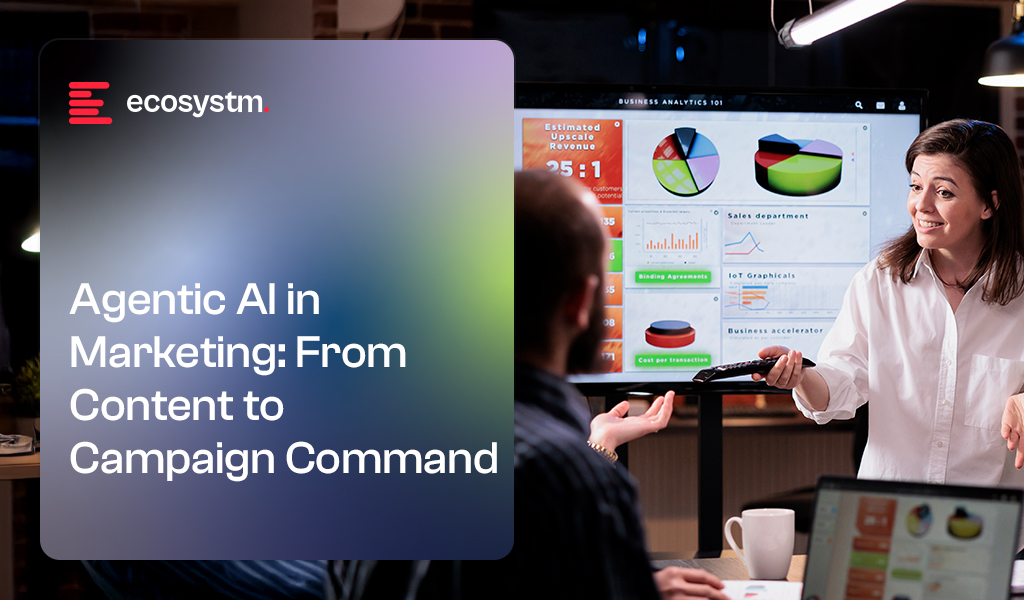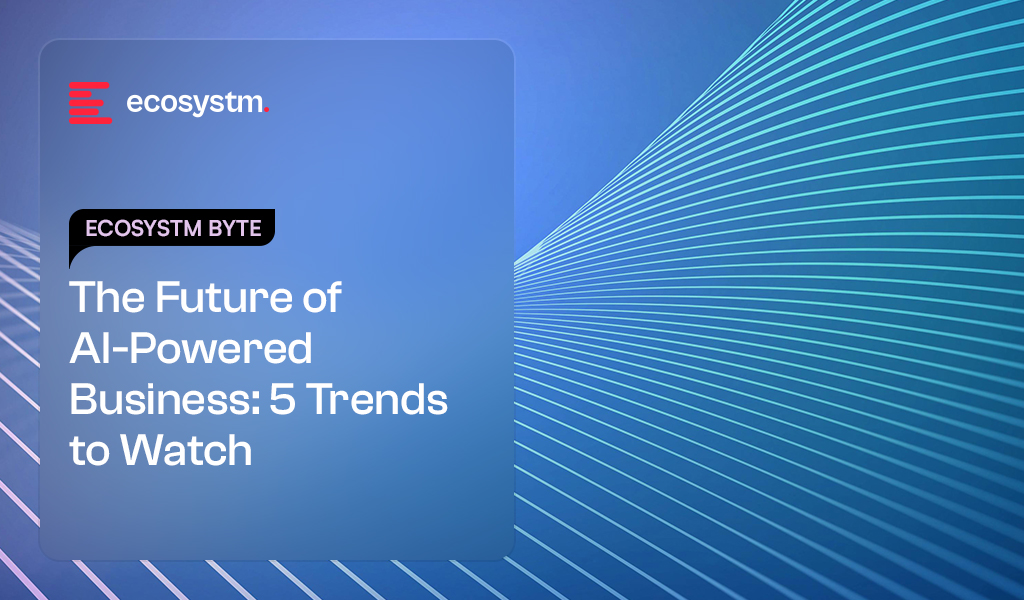For decades, marketing has evolved alongside technology – from the rise of digital channels to the explosion of data and automation. The latest transformation began with GenAI, which gave marketers the power to scale content, personalise at speed, and experiment like never before.
But now, a more profound shift is underway. With Agentic AI, marketers can autonomously plan campaigns, optimise customer journeys, and drive decisions across the entire marketing lifecycle. We’re moving beyond faster execution toward truly adaptive, self-improving marketing engines. Where GenAI changed what marketing teams can do, Agentic AI changes how they operate.
The New Marketing Continuum
GenAI has fundamentally reshaped marketing by automating and enhancing creative and content-driven tasks. It enables marketers to produce content at unprecedented scale and speed. Blog posts, social media captions, email campaigns, and ad copy can now be generated in minutes, dramatically reducing production time.

GenAI also empowers teams to personalise messages based on user preferences, behaviours, and historical data, boosting engagement and relevance. Beyond text, it can generate images, videos, and audio, allowing marketers to rapidly develop a wide variety of creative assets. Many also use it as a brainstorming partner, ideating on campaign themes, taglines, or content formats. By taking on repetitive, time-consuming tasks, GenAI frees up marketing teams to focus on higher-value strategic and analytical work.
But while GenAI has transformed content creation, it still relies on human input to orchestrate campaigns and continuously optimise performance. That’s where agentic AI takes over, opening up the possibilities of autonomous marketing.
Unlike traditional GenAI tools, agentic AI is guided by strategic goals and capable of executing multi-step workflows independently.

These intelligent agents reason, plan, and learn from feedback, managing entire initiatives with minimal intervention. They don’t just generate content; they drive results.
Leading Use Cases of Agentic AI in Marketing
Campaign Orchestration. Agentic AI transforms campaign management from a sequence of manual tasks into a continuous, autonomous process. Once given a strategic goal, such as increasing product sign-ups, driving webinar attendance, or launching a regional campaign, the system independently plans and executes the end-to-end campaign. It determines the optimal mix of channels (email, paid social, display ads, etc.), generates creative assets tailored to each, sets targeting parameters, and initiates deployment. As results come in, it monitors performance metrics in real time and adjusts messaging, budget allocation, and channel focus accordingly.
For marketers, the shift is profound: they move from building and launching campaigns to supervising and steering them, focusing on goals, governance, and refinement rather than day-to-day execution.
Customer Journey Optimisation. Traditional customer journeys rely on pre-defined paths and segmentation rules. Agentic AI makes these journeys dynamic, responsive, and personalised at the individual level. By analysing behavioural data, such as browsing patterns, clickstream data, cart activity, and time-on-page, agentic systems adjust experiences in the moment.
For example, if a visitor shows sustained interest in a product category but doesn’t convert, the AI can trigger a personalised follow-up via email, offer a discount, or retarget them with tailored messaging. These interactions evolve continuously as more data becomes available, optimising for engagement, conversion, and long-term retention.
It’s no longer about mapping a linear funnel; it’s about orchestrating adaptive journeys at scale.
Martech Integration and Workflow Automation. Most marketing environments are fragmented across dozens of tools; from CRM and CMS to analytics dashboards and ad platforms. Agentic AI acts as the connective tissue across this stack. It reads signals from various tools, automates routine updates (e.g., adding leads to nurture flows, flagging sales-ready accounts, triggering re-engagement ads), and maintains data consistency across systems. Rather than relying on manual workflows or brittle APIs, agentic systems interpret context and sequence actions logically.
This unlocks both speed and reliability; campaigns launch faster, reporting becomes more accurate, and marketing teams waste less time on coordination overhead.
Continuous Experimentation and Optimisation. Most marketing teams run experiments manually and intermittently – A/B testing headlines, adjusting audience segments, or switching out creative. Agentic AI turns experimentation into a continuous, embedded capability.
It sets up and runs multivariate tests across copy, format, targeting, time slots, and more, simultaneously and at scale. Then, based on performance data, it autonomously selects winning combinations and rolls out adjustments in real time.
Importantly, it learns over time, building a knowledge base of what works for which audiences under which conditions. Optimisation becomes a learning loop – continuous, automated, and compounding in value.
Strategic Decision Support: Where GenAI and Agentic AI Converge
The real power of AI in marketing emerges when generative intelligence meets agentic autonomy. Together, they move beyond content creation or task execution to support high-level strategic decision-making with speed, context, and adaptability.
Scenario Modelling. Agentic AI identifies potential decision points such as budget shifts, product launches, channel mix changes, while GenAI simulates and narrates the implications of each, turning complex trade-offs into clear, actionable insights for leadership teams.
Market Research Synthesis. Agentic systems continuously scan external sources, from competitor sites to analyst reports and social chatter. GenAI distils this noise into crisp summaries, opportunity maps, and trend briefings that inform strategy and messaging.
Persona and Journey Analysis. Agentic AI tracks behaviour patterns and detects emerging segments or friction points across touchpoints. GenAI contextualises this data, creating personas and journey narratives that help teams align content and campaigns to real-world user needs.
Content Localisation and Alignment. Agentic AI ensures local relevance by orchestrating updates across regions and personas. GenAI rapidly adapts messaging – tone, imagery, and language – while preserving brand voice, enabling consistent global storytelling at scale.
Together, they give marketing leaders a dual advantage: real-time situational awareness and the ability to act on it with clarity and confidence. Decisions aren’t just faster; they’re smarter, more contextual, and closer to the customer.
Responsible Intelligence: Operationalising AI in Marketing
The potential of AI in marketing is significant, but responsible adoption is key. Human oversight remains critical to ensure alignment with brand tone, strategic direction, and ethical standards. AI systems must also integrate seamlessly with existing martech stacks to avoid complexity and inefficiencies. Strong data foundations – well-structured, high-quality, and accessible – are essential to generate relevant and reliable outputs. Finally, transparency and trust must be built into every system, with explainable and auditable AI behaviours that support accountability and informed decision-making.
Agentic AI marks a step change in marketing; from faster execution to intelligent, autonomous operations. For marketing leaders, this is a moment to rethink workflows, redesign team roles, and build AI-native operating models. The goal isn’t just speed. It’s adaptability, intelligence, and sustained competitive advantage in a rapidly evolving landscape.

The Asia Pacific region is rapidly emerging as a global economic powerhouse, with AI playing a key role in driving this growth. The AI market in the region is projected to reach USD 244B by 2025, and organisations must adapt and scale AI effectively to thrive. The question is no longer whether to adopt AI, but how to do so responsibly and effectively for long-term success.
The APAC AI Outlook 2025 highlights how Asia Pacific enterprises are moving beyond experimentation to maximise the impact of their AI investments.
Here are 5 key trends that will impact the AI landscape in 2025.
Click here to download “The Future of AI-Powered Business: 5 Trends to Watch” as a PDF.
1. Strategic AI Deployment
AI is no longer a buzzword, but Asia Pacific’s transformation engine. It’s reshaping industries and fuelling growth. Initially, high costs and complex ROI pushed leaders toward quick wins. Now, the game has changed. As AI adoption matures, the focus is shifting from short-term gains to long-term, innovation-driven strategies.
GenAI is is at the heart of this shift, moving beyond the periphery to power core business functions and deliver competitive advantage.
Organisations are rethinking AI investments, looking beyond pure financials to consider the impact on jobs, governance, and data readiness. The AI journey is about balancing ambition with practicality.
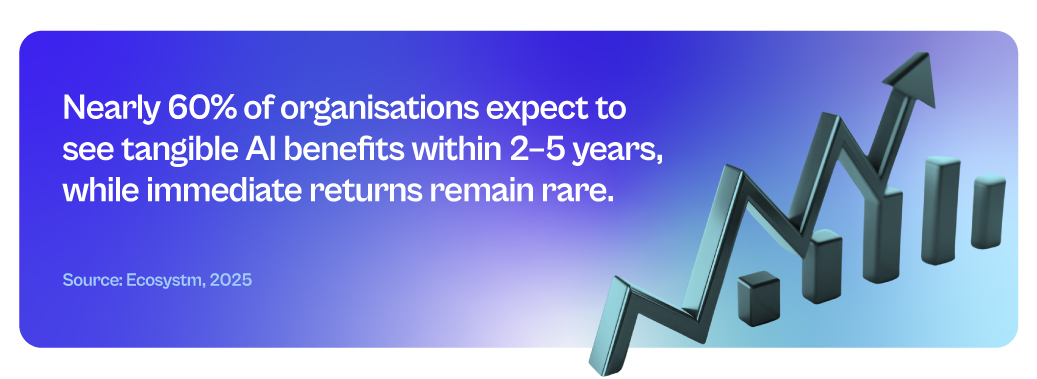
2. Optimising AI: Tailored Open-Source Models
Smaller, open-source, and specialised AI models will gain momentum as organisations seek efficiency, flexibility, and sustainability in their AI strategies.
Unlike LLMs, which require high computational power, smaller, task-specific models offer comparable performance while being more resource-efficient. This makes them ideal for organisations working with proprietary data or limited computational resources.
Beyond cost and performance, these models are more energy-efficient, addressing growing concerns about AI’s environmental impact.
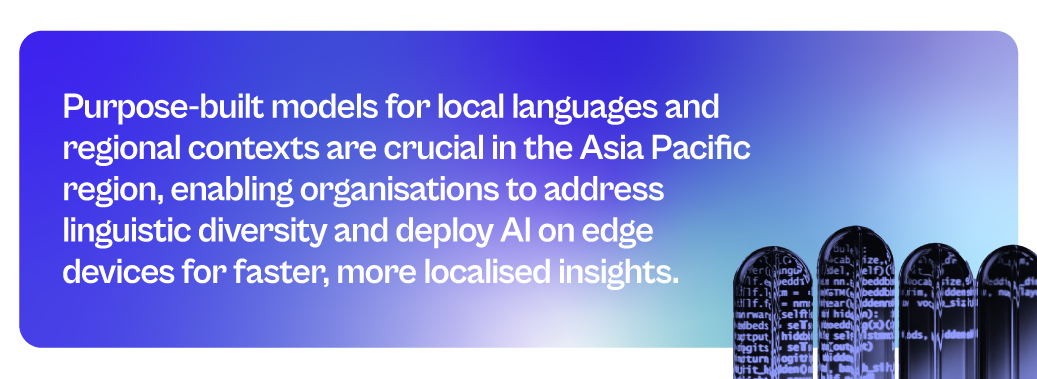
3. Centralised Tools for Responsible Innovation
Navigating the increasingly complex AI landscape demands unified management and governance. Organisations will prioritise centralised frameworks to tame the chaos of diverse AI solutions, ensuring compliance (think EU AI Act) while boosting transparency and security.
Automated AI lifecycle management tools will streamline oversight, providing real-time tracking of model performance, usage, and issues like drift.
By using flexible developer toolkits and vendor-agnostic strategies, organisations can accelerate innovation while maintaining adaptability, as the technology evolves.
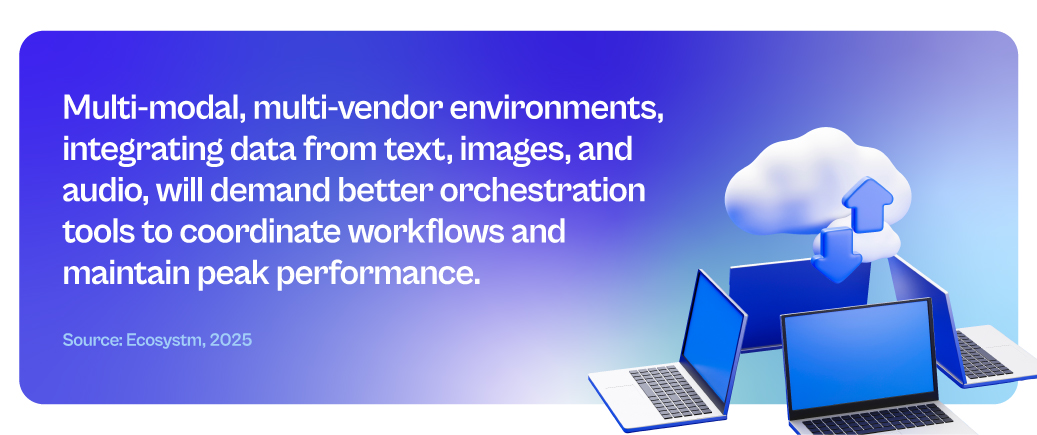
4. Supercharging Workflows With Agentic AI
Organisations will embrace Agentic AI to automate complex workflows and drive business value. Traditional automation tools struggle with real-world dynamism, but AI-powered agents offer a flexible solution. They empower autonomous task execution, intelligent decision-making, and adaptability to changing circumstances.
These agents, often using GenAI, understand complex instructions and learn from experience. They collaborate with humans, boosting efficiency, and adapt to disruptions, unlike rigid traditional automation.
Agentic workflows are key to redefining work, enabling agility and innovation.
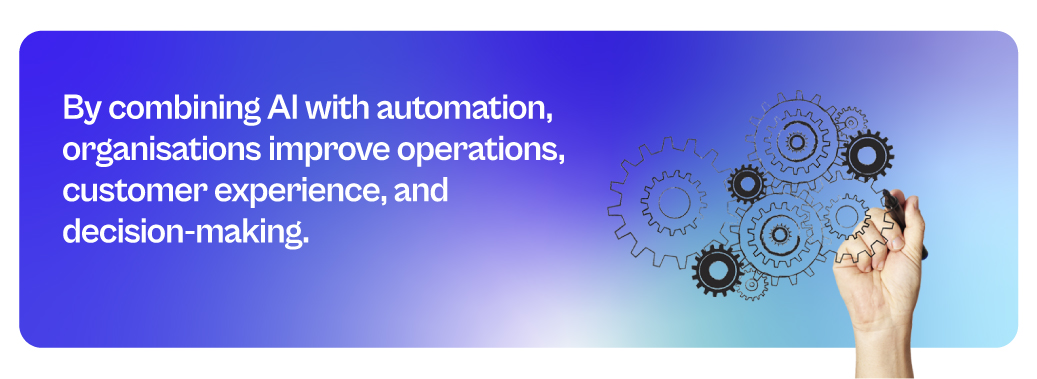
5. From Productivity to People
The focus of AI conversations will shift from simply boosting productivity to using AI for human-centric innovation that transforms both employee roles and customer experiences.
For employees, AI will handle routine tasks, enabling them to focus on creativity and innovation. Education and training will be crucial for a smooth transition to AI-powered workflows.
For customers, AI is evolving to offer more empathetic, personalised interactions by understanding individual emotions, motivations, and preferences. Organisations are recognising the need for transparent, explainable AI to build trust, tailor solutions, and deepen engagement.

Hit or miss AI experiments have leaders demanding results. In this breakneck AI landscape, strategy and realism are your survival tools. A pragmatic approach? High-impact, achievable goals. Know your capabilities, prioritise manageable projects, and stay flexible. The AI winners will be those who champion human-AI collaboration, bake in ethics, and never stop researching.



